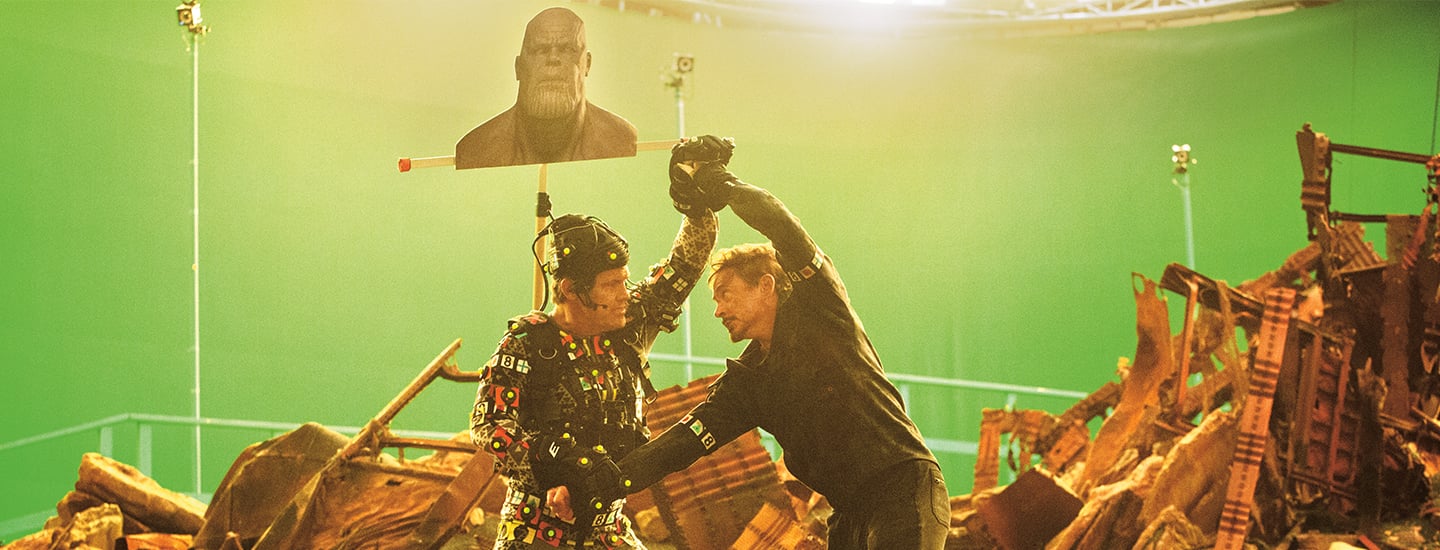©MARVEL STUDIOS 2018
ACTION! Daniel DeLeeuw at work
How do filmmakers make impossible things—like a superhero soaring through the air or landing in a spaceship on an alien world—possible? They rely on people like Daniel DeLeeuw. He’s a visual effects supervisor at Marvel Studios, the studio behind the recently released movie Avengers: Endgame. DeLeeuw uses computers to create fictional characters and worlds for some of the biggest blockbusters.
Along with the Avengers movies, DeLeeuw has also worked on the Iron Man and Captain America series. During his time at Marvel Studios, he’s helped pioneer new techniques that have improved how computers animate characters’ facial expressions so they look more realistic. DeLeeuw spoke with Science World about how he combines a love of movies and advanced technology to create mind-blowing onscreen imagery.

